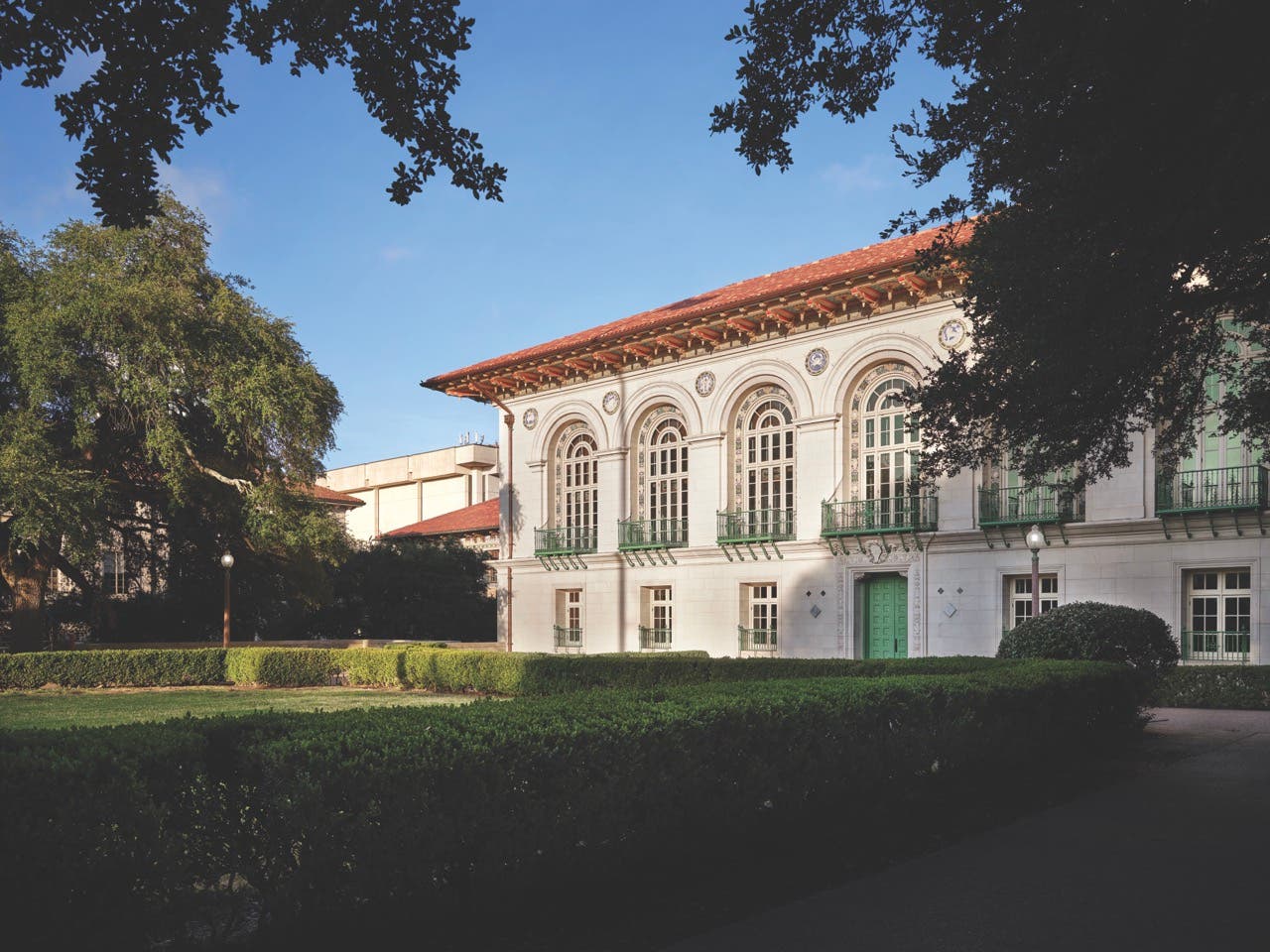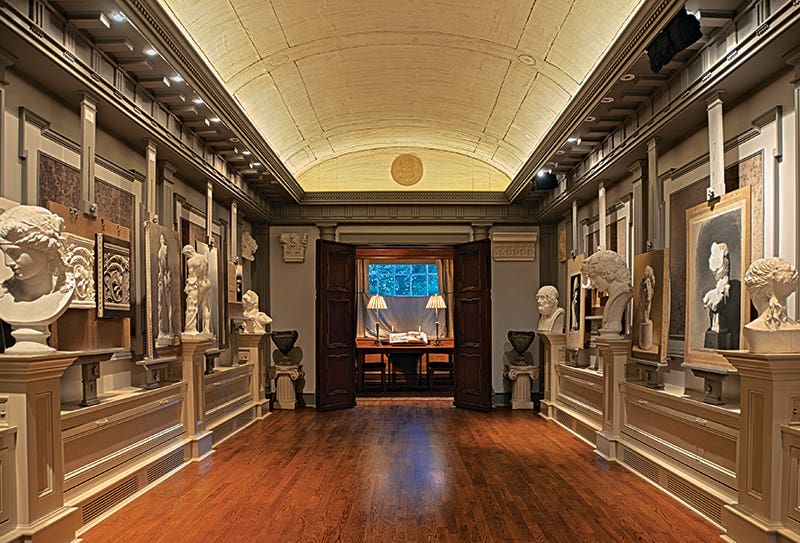
Projects
A New Cast Hall and Library at the Academy of Classical Design
PROJECT
The Academy of Classical Design, Southern Pines, NC
CONTRACTOR
Moodie Design/Build Inc., Southern Pines, NC

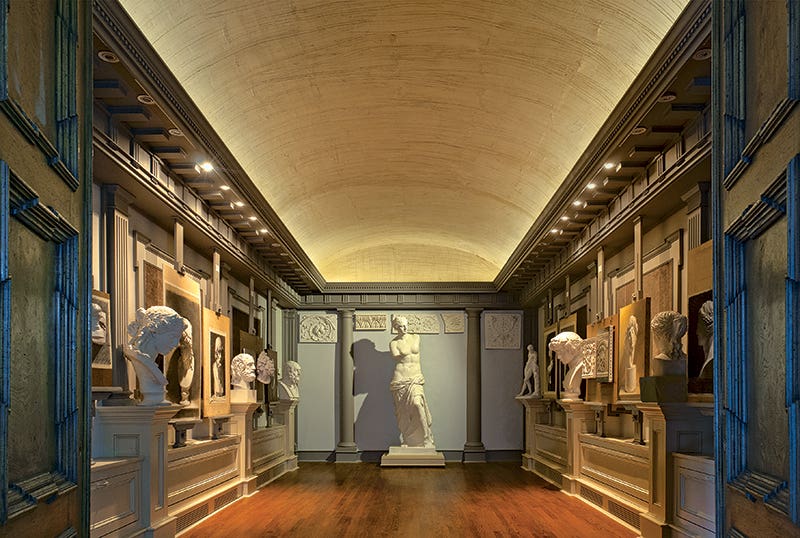

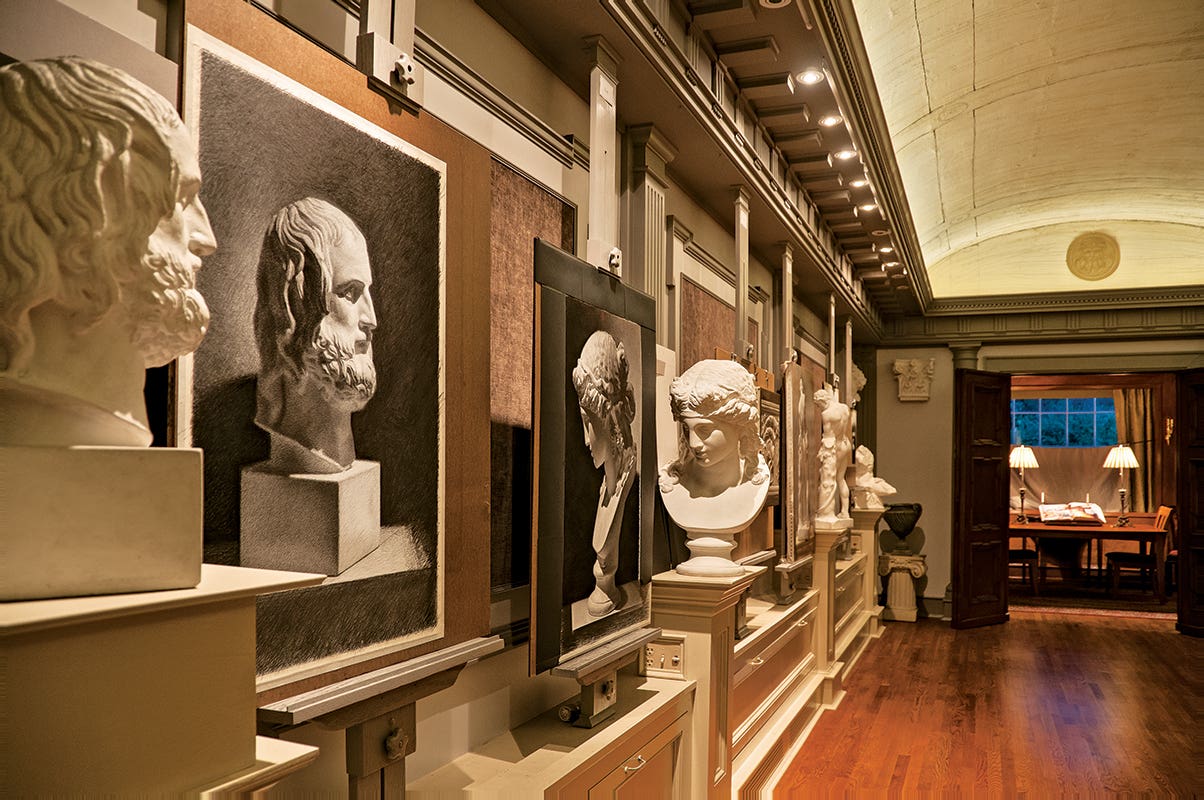
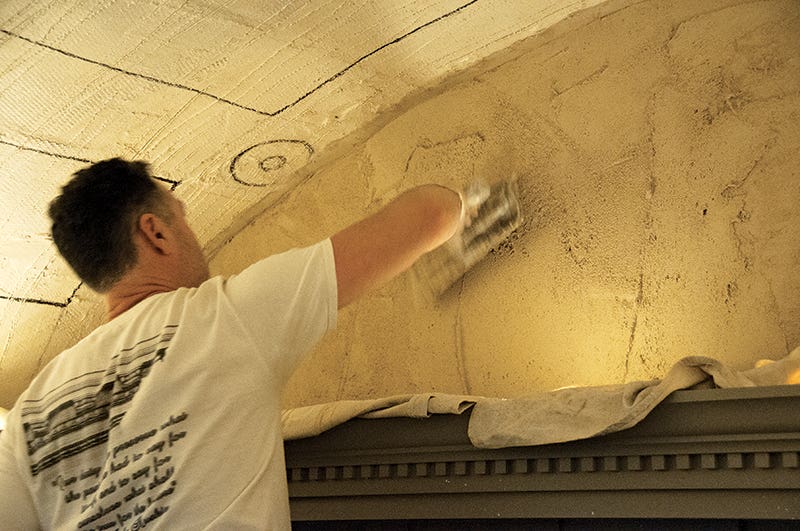
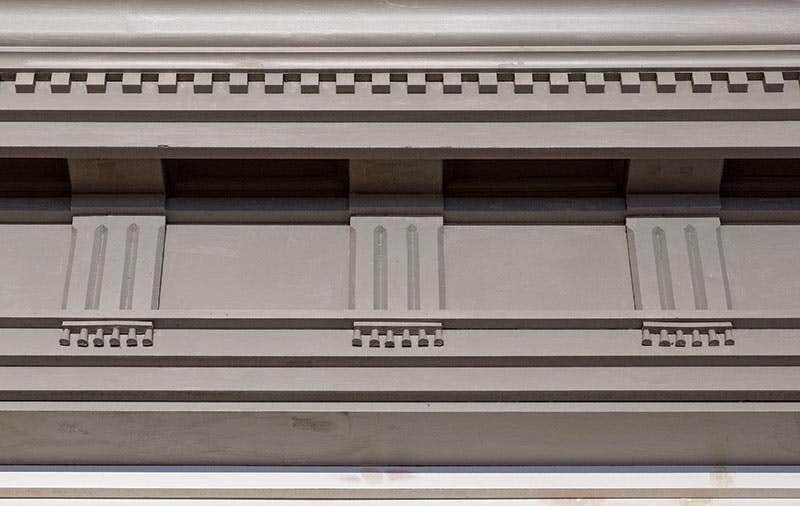
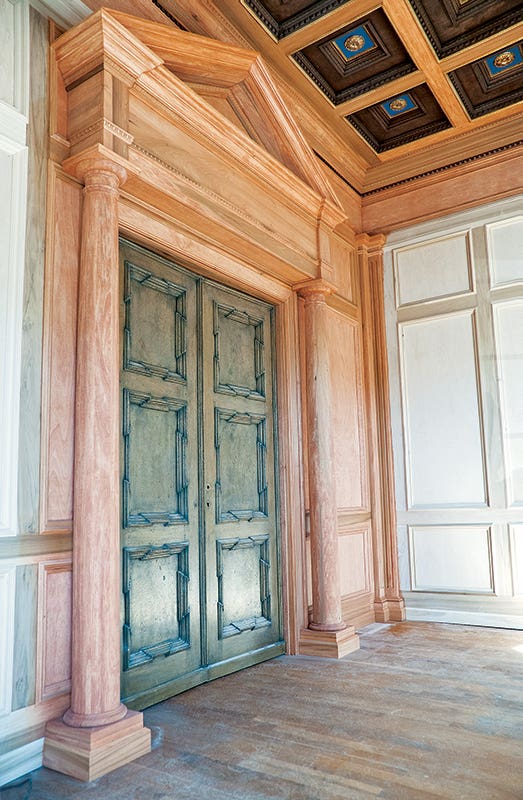
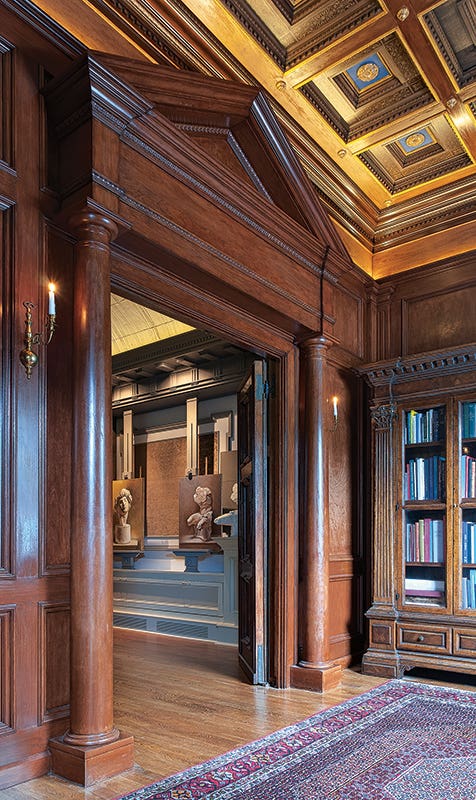

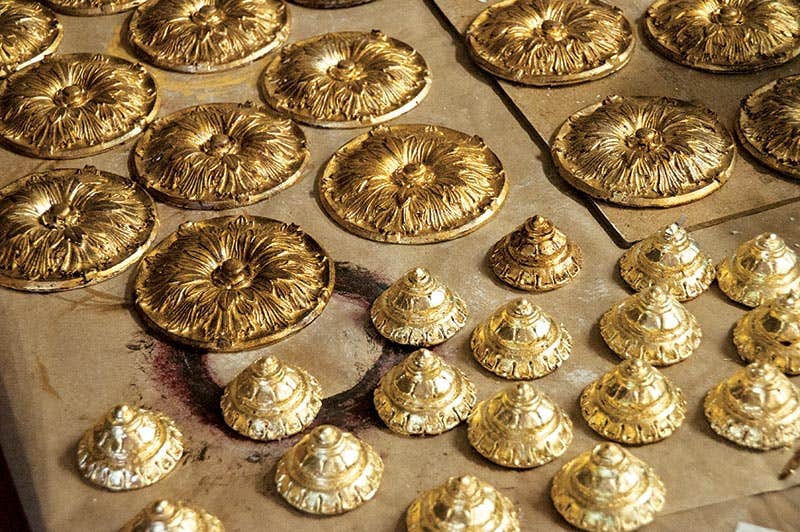
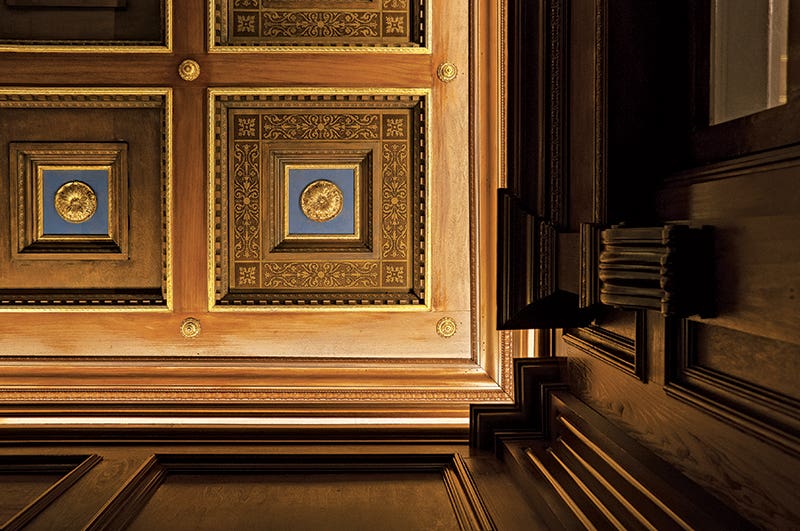
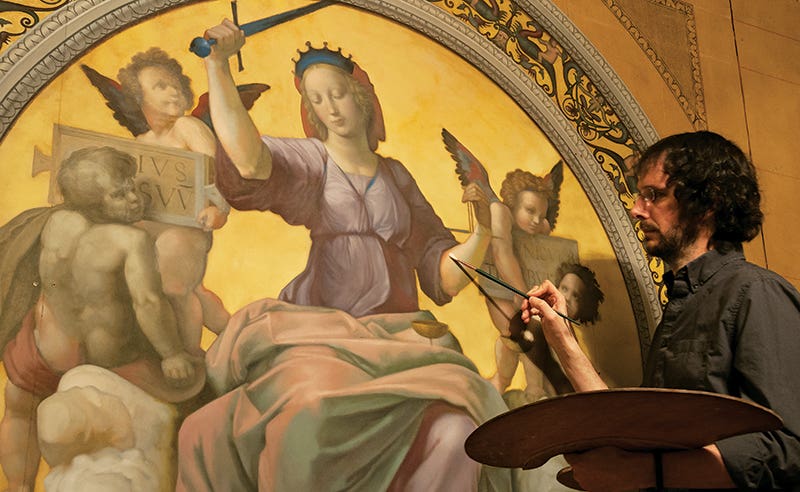
By D. Jeffrey Mims
Anyone who is familiar with the industrial and often chaotic surroundings of most contemporary art school studios should not be surprised with the results of student work influenced by such environments. Likewise, anyone familiar with the historic rhythms and cycles of architectural style should not be entirely surprised to learn that modernism would sooner or later be confronted by a return to tradition. In the wake of that return, we recognize the need not only for the preservation of the finest achievements of the past, but also for the preservation of the art, craft and design education that will make possible our own original contributions to a continuing tradition.
If you were to ask ten different people to define historic preservation, chances are you would receive ten different responses. In general, the term is applied to the protection of buildings, objects, landscapes or other artifacts of historical significance for the benefit of future generations. The concept is a relatively new development in this country.
Of course, the preservation of man-made objects has a much older history. These tangible relics from the past may be protected strictly for historical record, but inevitably the traditions that they represent will create a continuing stylistic dialogue with the present, to be either rejected, or emulated and adapted to new circumstances.
Perhaps the most adaptable and versatile of all building traditions is the classical. Expressed through the integration of architecture sculpture and painting, classicism remains the unsurpassed example of this continuity in the Western world. For centuries it has been recognized as the highest form of civic design and it is responsible for much of the finest architectural heritage in the United States.
The Academy of Classical Design is a private, nonprofit school of art with a special emphasis on mural painting and the decoration of traditional architectural spaces. In support of this unique curriculum, the academy embarked on remodeling the interior of a small Georgian style building in downtown Southern Pines, NC, in 2014. The project transformed a low-ceilinged room which had long served as commercial retail space into a reinterpretation of the formal display galleries associated with the princely art collections of Europe which in turn became the modern art academies and museums of today. The rectangular building consists of the 9x14-ft. library, the central cast hall (30x14 ft.) and a multi-purpose studio.
As a student, I was fortunate to have been able to study in a number of these inspiring European museum interiors, where the setting itself seemed to intensify the quality and significance of the artwork exhibited – in rooms which were often in themselves a work of art. It was in Italy and particularly in Rome where my eyes were opened to the potential of the allied arts to unify and enrich interior spaces and so enhance our experience and our memory of being there.
Many years later, as director of the Academy of Classical Design, one of my primary goals has been to furnish students with a similarly elevated learning environment. Though adapted to the requirements of a specific curriculum and conceived on a far more humble scale than its stately predecessors, the aim has been to create a place where students might begin to develop a broader concept of visual design, while concentrating on mastering the fundamentals of traditional drawing and painting. Connected to this goal will be the formation of an elite group of artists, selected from our Mural Guild program, who will be equipped with the experience and ability to collaborate with traditionally oriented architects on future projects.
In the Beginning
The very first academy of art was founded in Florence, Italy by Cosimo I de’ Medici. Artists of this period trained by copying the work in Michelangelo’s sublime Medici Chapel, where sculpture, ornament and architecture had been integrated by the master to produce one of his most outstanding designs. In a setting no less impressive, the French academy had its start in the Louvre, long before the use of that royal palace was considered for a public museum of art.
By the end of the 18th century, as academies of art were eventually established throughout Europe, magnificent buildings came into being that were dedicated to the training of architecture, sculpture and painting. Often symbolizing the cultural aspirations of a city or nation, these impressive institutions became the daily backdrop for artists and craftsmen who were learning their professions and who no doubt absorbed an indirect education of the vocabulary, taste and instinct needed to succeed with large-scale collaborative projects.
Our own new academy interior includes a library and cast hall which were designed to serve as an ongoing laboratory for the training of architectural decoration and mural painting. The approach to the central cast hall is through a small, elegantly paneled library. Decoration for the library called for a less pictorial, and more purely ornamental treatment. Located between the top rail and cornice of the wall paneling in this room, a space has been reserved for a painted frieze to be realized either in oil or tempera by advanced students.
The additional area needed for this feature was created by raising the original ceiling height from eight to twelve feet, lending a touch of splendor to even a room of such small dimensions as this one. The real focus of the library, however, is its coffered ceiling which brings together joinery, ornamental sculpture, gilding and decorative painting to produce an effect of formality that would not have been out of place in art academies of earlier times.
Modeled loosely on Greco-Roman temples of the Doric order, the central cast hall is a simple rectangular floor plan bearing two arched lunettes at each end created by the elliptical vault of the ceiling These are the main areas to be decorated by the academy’s Mural Guild, using the ancient and now, seldom practiced technique of true or “buon” fresco painting. Buon fresco is the art of painting on damp lime plaster, using mineral pigments ground in water. The washes of pigment merge and set with the plaster, and so become an integral and permanent part of the surface. In preparing the substructure required to receive the fresco work, we have been fortunate to collaborate with Patrick Webb, former Professor of Plaster Working at the American College of the Building Arts in Charleston, SC, and blogger for Traditional Building magazine.
The fresco for the vaulted ceiling of the cast hall will be divided into compartments which correspond to the three bays on both side walls. Each bay is flanked by built-in, wooden pedestals that support plaster casts of sculpture from which students draw and paint – a method of training artists that traces its origin back to the Italian Renaissance. Individual work stations are situated beside each pedestal with a pair of adjacent easels positioned over shallow cabinets where students can store their art supplies at the end of each day.
The projecting entablature above the side walls was required for a special lighting system created to illuminate both cast and easel, with individual controls to provide a flexible range of visual effects. A concealed door on the back wall of the cast hall leads to another less formal drawing and painting studio which can also serve as a reading room, lounge and reception area for visiting lecturers.
Throughout the planning stages of this project I turned time and again to a variety of publications from the Institute of Classical Architecture and Art. They proved an indispensable resource. Working from the rough drawings that I supplied and within the limited dimensions of the existing building and in spite of an even more limited budget, contractor Steve Moodie of Moodie Design/Build Inc. with his dedicated crew managed to produce an end result that is to our eyes a small miracle.
The preservation of significant buildings is one way that we can protect and learn from our cultural heritage. It is related to – but not exactly the same as – the preservation of craft necessary for the maintenance and continued development of our most valued architectural accomplishments. The future of traditional building needs both.
D. Jeffrey Mims is a painter, educator, lecturer and muralist who has been at the forefront of the revival of the classical tradition for the past 30 years. In 1984 Classical America presented Mims with the Arthur Ross Award for his work in fresco painting and in 2009 he was the recipient of an Affiliated Fellowship at the American Academy in Rome by The Institute of Classical Architecture and Art. He is founder and director of the Academy of Classical Design, a school of fine art with an emphasis on traditional mural painting and the integration of the allied arts.






